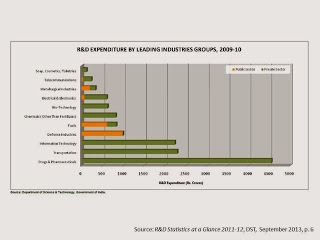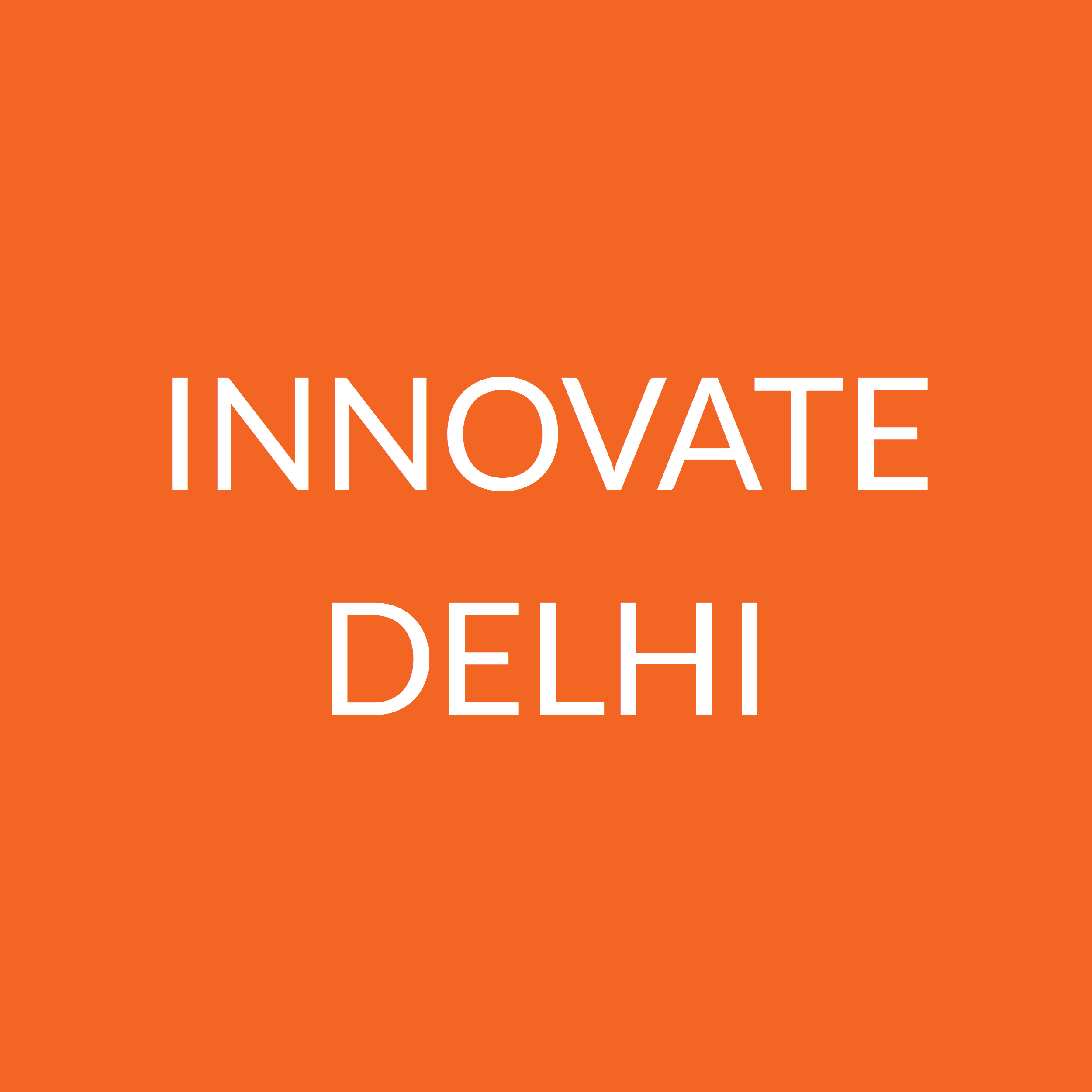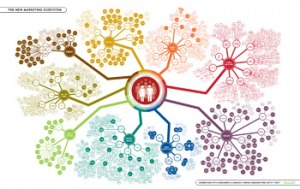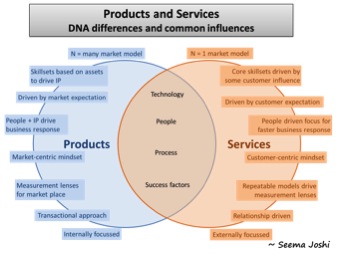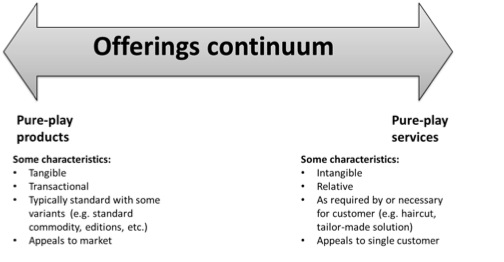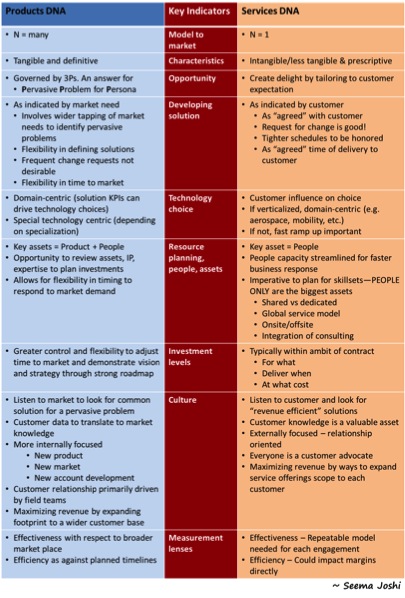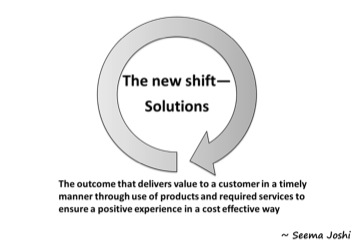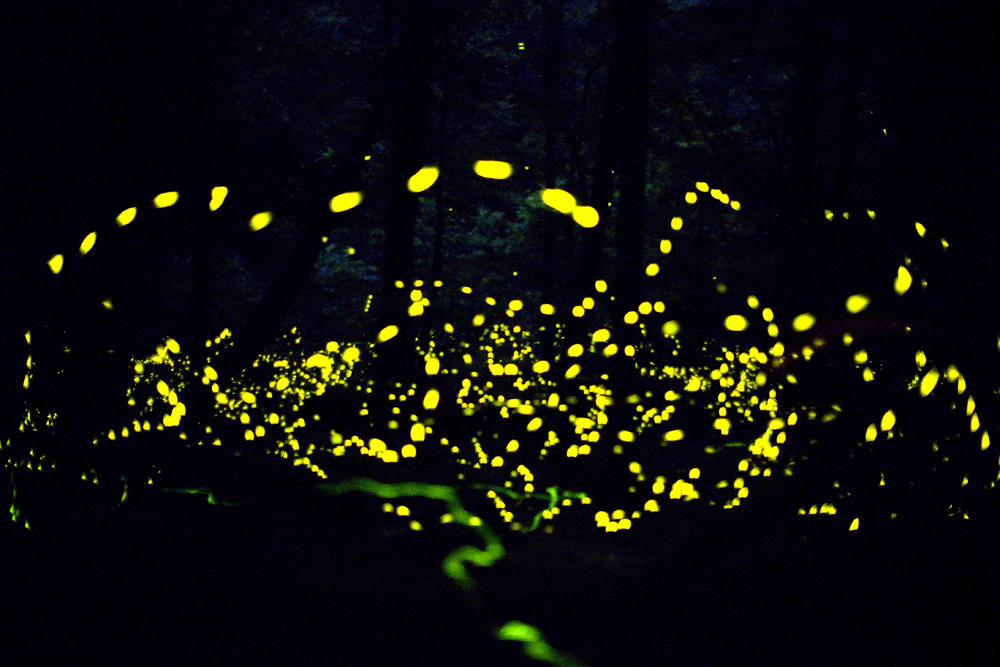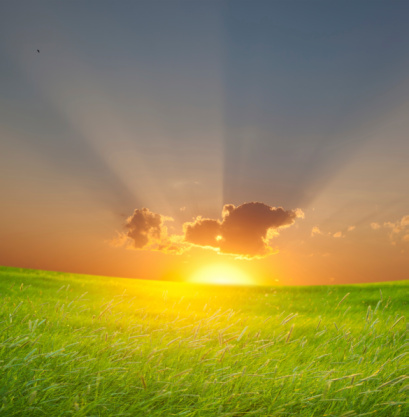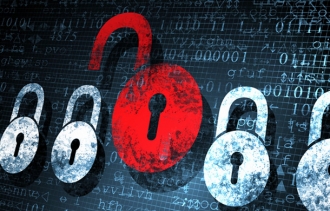Without a doubt the Silicon Valley or “Valley” as it is known leads the world in new technology breakthroughs. Day in and day out we hear of companies growing, getting acquired, of going public and of untold riches accrued to the founders and the investors. The recent Whatsapp saga is a classic example of a rags-to-riches story and so the legend of the Valley continues to build.
There is no doubt that the Valley is a great place to start new companies. With its network of incubators, investors and talent, it is a fantastic place to launch new ideas. On the flip-side, the Valley is expensive (think both salaries and real estate), talent is hard to come by and staff attrition is very high, travel costs can quickly add up (both monetary and the toll they take on your staff given the geographic location) and your customers may not be there. Given all the pros and cons of the Valley, it is worth a thought before deciding to establish a presence there.
In this post, we look at the factors that influence foreign companies to be Valley-bound and additional factors they should think about when planning to launch their operations in the US and whether the Valley is the best place for them to launch.
So what makes a company decide to enter the US via the Valley? In my opinion, there are three major factors.
Everybody is there – Almost every technology success story you have heard of has its roots in the Valley. There is an aura of success that surrounds the Valley that makes it very attractive to new entrants.
The happening place for Cool-Tech – Major breakthroughs are happening in the Bay Area. With its eco-system of innovative companies and research institutions, a lot of revolutionary technology is coming out of Northern California.
The VC factor – If the company is funded by VCs, chances are they have their origins in the Valley too. They either made their money there or their head offices are on Sand Hill Road. Their comfort zone is the valley and they will nudge their portfolio companies to go there too.
The Self-Perpetuating Belief – In human psychology, there is the phenomenon of self-perpetuation. If enough people believe something to be true, then it becomes true. So if enough people believe that the Valley is the place to be, then that is what it is.
But is the Valley for you? Companies like i-flex (now Oracle Financial Services) seem to have done very well without having a substantial presence in the Valley. So what should you think about before deciding on your first US location?
Are you a startup? – Without a doubt, the Valley is a great place for startups and has the infrastructure that startups need but chances are you are beyond the startup phase and in growth mode, does the Valley really offer what you need in this stage of your growth?
Are you Cool-Tech? – Do you truly have a revolutionary technology? Or is it a solution that piggy-backs off of existing tech stacks? If it is revolutionary, you should think of the Valley, if not, think again.
Where are your customers? – In the growth phase, it is critical for a company to be close to its customers. The Valley has technology companies like Apple, Google, Cisco and Oracle, but are these companies your customers or are the likes of 3M, Caterpillar, Citigroup and Wal-Mart more likely your customers? If it’s the latter, then think long and hard about where you want to be.
Where is your talent? – You will want to scale. You will want to find people – usually sales and presales, who understand your business and your domain. Looking for salespeople to sell into Financial Services will be a bigger challenge in San Francisco than in New York, Connecticut, Chicago or Charlotte.
Are you ready for the distractions? – For all the positives that the Valley has, it is also an incredibly noisy place. With all the conferences and meet-ups, it is easy to meet new people and new ideas and equally easy to be distracted.
So what should one do? The Valley has a lot of things that a young company needs so I would go so far as to say that if a founder can move to the Valley then he/she should. In addition, the second sales/presales hire should be in the Valley but as far as the Head of Sales, my thought is that if you have a customer facing (B2C) product or have a truly revolutionary technology – go to the Valley. If you are more of a B2B play and are targeting larger companies (Fortune 500), your head of sales should be more centrally located to allow easy access to either coast. Chicago and Dallas are both good options. In the end, the Sales Head should be close to where the potential customers are. And that is the bottom-line.
Agree. Disagree. Or have another viewpoint. Would love to hear your thoughts.








